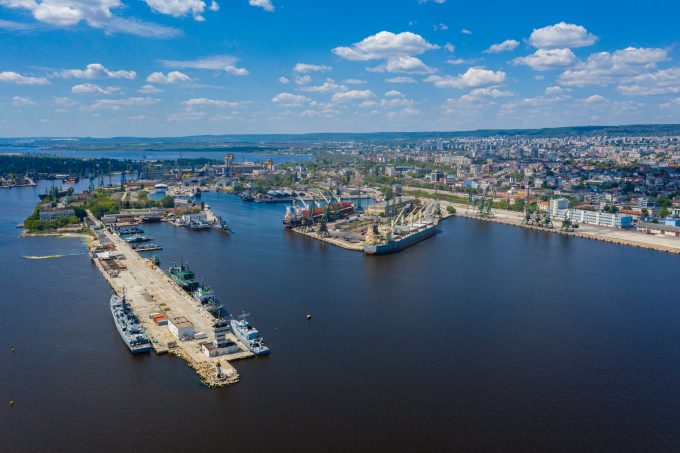Forwarders vexed by the many updates to Russian sanctions regime
Forwarders say they are finding it increasingly difficult to keep up with changes in European ...

Broken Ukrainian supply chains will not be fixed just by a rail-river service that began last month, and forwarders are looking for other options, like going via Bulgaria, to get cargo in and out of the war-torn country.
Odessa-based cargo analysis and consultancy firm Informall BG reports that there are thousands of export containers stuck in Ukrainian ports as local freight forwarders look for routes to move cargo, particularly food and medical supplies, in and the exports out.
One alternative for Ukrainian ...
Keep our news independent, by supporting The Loadstar
Volume surge and an early peak season? 'Don't celebrate too soon,' warning
Container spot rates diverge: to Europe still falling, but firmer to the US
Ecommerce likely the front-runner in resurge of transpacific trade after deal
Hapag-Lloyd won't take bookings if port congestion leaves cargo stranded
China-US trade tariff pause could drive a rebound for transpacific rates
Shippers should check out the 'small print' in China-US tariff cuts
Service chaos from trade ban with India a problem for Pakistan shippers
Carriers impose 'emergency operation' surcharges on Pakistan cargo
Airfreight rates ex-China 'loss-making', but hopes of a trade deal stay high
Serious threat to jobs in US logistics as tariffs cause economic 'stagflation'
15% rebate for box ships as Suez Canal Authority woos carriers
White House u-turns see freighters flying but keep logistics players on their toes
MSC in terminal switch as Nhava Sheva gets strong start to new fiscal year
Peak season or recession? Forwarders and shippers need to 'stay flexible'
Volga-Dnepr claims 'pirate' Canada has 'hijacked' its stranded aircraft

Comment on this article